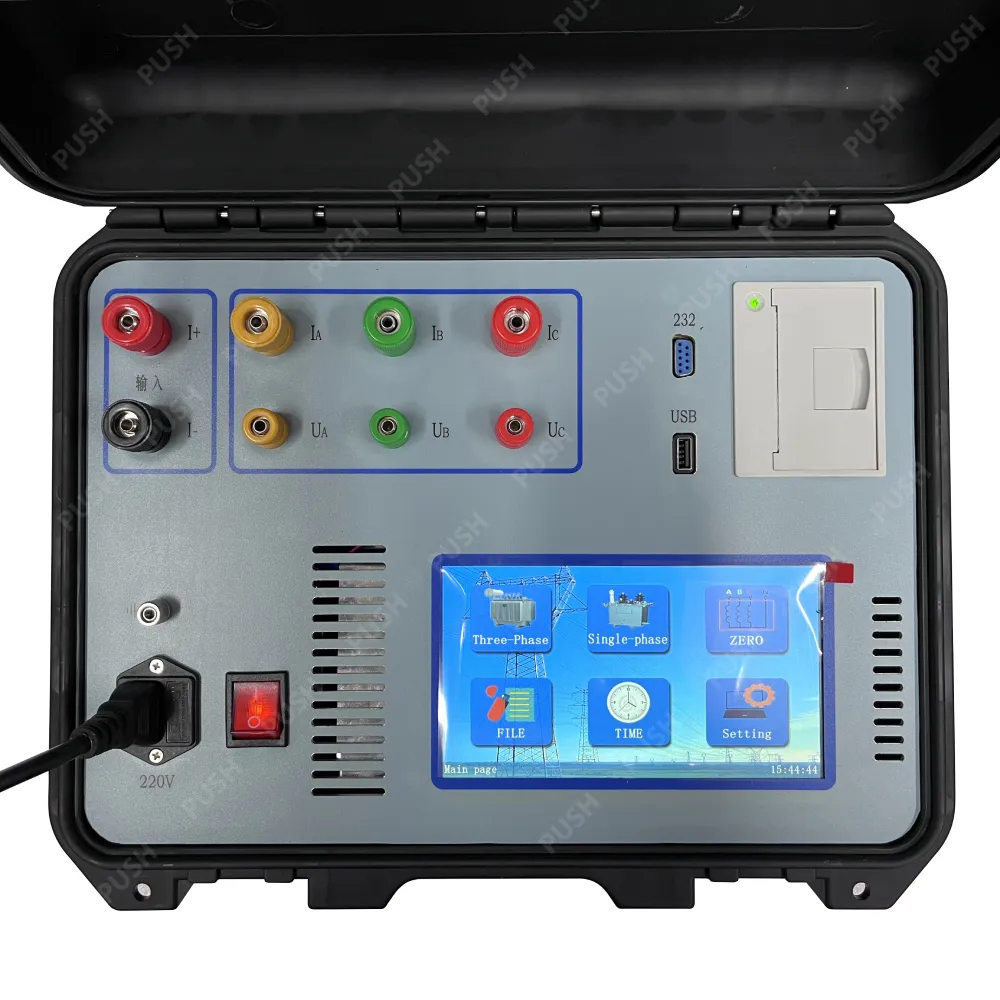 English
English



-
 Afrikaans
Afrikaans -
 Albanian
Albanian -
 Amharic
Amharic -
 Arabic
Arabic -
 Armenian
Armenian -
 Azerbaijani
Azerbaijani -
 Basque
Basque -
 Belarusian
Belarusian -
 Bengali
Bengali -
 Bosnian
Bosnian -
 Bulgarian
Bulgarian -
 Catalan
Catalan -
 Cebuano
Cebuano -
 China
China -
 China (Taiwan)
China (Taiwan) -
 Corsican
Corsican -
 Croatian
Croatian -
 Czech
Czech -
 Danish
Danish -
 Dutch
Dutch -
 English
English -
 Esperanto
Esperanto -
 Estonian
Estonian -
 Finnish
Finnish -
 French
French -
 Frisian
Frisian -
 Galician
Galician -
 Georgian
Georgian -
 German
German -
 Greek
Greek -
 Gujarati
Gujarati -
 Haitian Creole
Haitian Creole -
 hausa
hausa -
 hawaiian
hawaiian -
 Hebrew
Hebrew -
 Hindi
Hindi -
 Miao
Miao -
 Hungarian
Hungarian -
 Icelandic
Icelandic -
 igbo
igbo -
 Indonesian
Indonesian -
 irish
irish -
 Italian
Italian -
 Japanese
Japanese -
 Javanese
Javanese -
 Kannada
Kannada -
 kazakh
kazakh -
 Khmer
Khmer -
 Rwandese
Rwandese -
 Korean
Korean -
 Kurdish
Kurdish -
 Kyrgyz
Kyrgyz -
 Lao
Lao -
 Latin
Latin -
 Latvian
Latvian -
 Lithuanian
Lithuanian -
 Luxembourgish
Luxembourgish -
 Macedonian
Macedonian -
 Malgashi
Malgashi -
 Malay
Malay -
 Malayalam
Malayalam -
 Maltese
Maltese -
 Maori
Maori -
 Marathi
Marathi -
 Mongolian
Mongolian -
 Myanmar
Myanmar -
 Nepali
Nepali -
 Norwegian
Norwegian -
 Norwegian
Norwegian -
 Occitan
Occitan -
 Pashto
Pashto -
 Persian
Persian -
 Polish
Polish -
 Portuguese
Portuguese -
 Punjabi
Punjabi -
 Romanian
Romanian -
 Russian
Russian -
 Samoan
Samoan -
 Scottish Gaelic
Scottish Gaelic -
 Serbian
Serbian -
 Sesotho
Sesotho -
 Shona
Shona -
 Sindhi
Sindhi -
 Sinhala
Sinhala -
 Slovak
Slovak -
 Slovenian
Slovenian -
 Somali
Somali -
 Spanish
Spanish -
 Sundanese
Sundanese -
 Swahili
Swahili -
 Swedish
Swedish -
 Tagalog
Tagalog -
 Tajik
Tajik -
 Tamil
Tamil -
 Tatar
Tatar -
 Telugu
Telugu -
 Thai
Thai -
 Turkish
Turkish -
 Turkmen
Turkmen -
 Ukrainian
Ukrainian -
 Urdu
Urdu -
 Uighur
Uighur -
 Uzbek
Uzbek -
 Vietnamese
Vietnamese -
 Welsh
Welsh -
 Bantu
Bantu -
 Yiddish
Yiddish -
 Yoruba
Yoruba -
 Zulu
Zulu
hipot test leakage current
Understanding Hipot Testing and Leakage Current
Hipot testing, short for high potential testing, is an essential procedure used in the electrical industry to ensure the safety and reliability of electrical devices. The primary goal of hipot testing is to detect insulation weaknesses and prevent potential hazards by subjecting electrical components to high voltage levels. This process is particularly crucial in protecting both users and equipment from electrical failures and short circuits.
During a hipot test, a high voltage is applied between the conductive parts of the equipment and its ground or insulating surfaces. This voltage is significantly higher than the normal operating voltage and is maintained for a specified duration. The test aims to simulate surge conditions that might occur during operation and to identify any defects in the insulation.
Understanding Hipot Testing and Leakage Current
High leakage current can occur due to various factors, including degraded insulation, moisture ingress, or material defects. The implications of excessive leakage current can be severe, ranging from electrical shocks to devastating equipment failures. Therefore, understanding leakage current and its relationship with hipot testing is vital for manufacturers and users alike.
hipot test leakage current

Leakage current measurement is typically conducted during the hipot testing procedure. The current is monitored continuously to ensure it remains within prescribed limits. If the leakage current exceeds those limits, further investigation is necessary. This may involve inspecting the insulation quality, checking for moisture, and assessing potential manufacturing defects.
There are generally three types of tests conducted in a hipot test regimen the dielectric withstand test, the insulation resistance test, and the ground continuity test. Each serves to assess different aspects of electrical safety, but they all share a common goal of ensuring minimal leakage current during operation.
Performing a thorough hipot test is not just a regulatory requirement but a vital step in the quality assurance process. It enhances customers' confidence, supports compliance with electrical safety standards, and helps avoid costly recalls and repairs. Moreover, regular hipot testing is crucial in many industries, including manufacturing, telecommunications, and medical equipment, where high safety standards are imperative.
In conclusion, understanding hipot testing and leakage current is essential for anyone involved in the manufacturing or use of electrical devices. Maintaining the integrity of insulation through rigorous testing can prevent accidents and enhance the performance and lifespan of electrical equipment. By prioritizing these safety measures, companies can protect their employees and customers, ultimately leading to a more reliable and trustworthy product in the market. Proper awareness and proactive measures surrounding hipot testing can make a significant difference in the world of electrical safety.
-
Ensuring SF₆ Gas Safety: Introducing PUSH’s Integrated SF₆ Analyzer for Dew Point, Purity, and Decomposition MonitoringNewsJul.10,2025
-
Exploring the Main Types of Industrial Endoscopes and Their Applications Across IndustriesNewsJul.04,2025
-
Testing Equipment Industry Sees Major Advancements in 2025: Smart & Precision Technologies Lead the WayNewsJun.06,2025
-
Applications of Direct Current Generators in Renewable Energy SystemsNewsJun.05,2025
-
Hipot Tester Calibration and Accuracy GuidelinesNewsJun.05,2025
-
Digital Circuit Breaker Analyzer Features and BenefitsNewsJun.05,2025



